Conference microphones: features, model overview, selection criteria
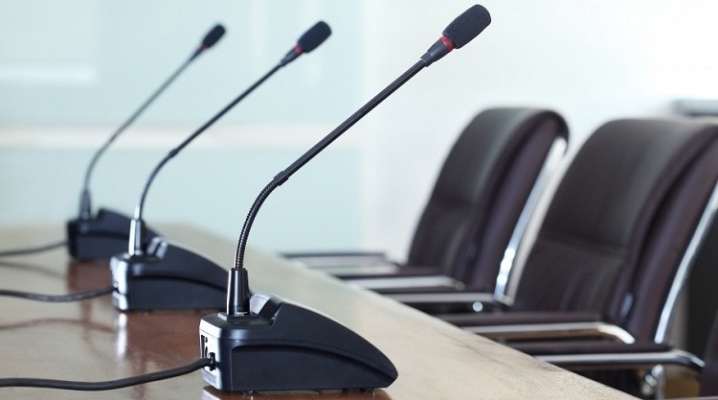
The microphone for conferences today is a real assistant, without which it is impossible to organize any event, since the presence of sound equipment affects the success of the entire event. Through such a simple device, each of those present will be heard. In addition, you can speak and discuss various topics without getting up from your seat.


Peculiarities
Typically, no meeting with large numbers of people is complete without conference microphones. This device makes it possible to hear everyone correctly, without distorting the main idea. In addition, this device not only cuts off unnecessary noise, but also is equipped with additional functions:
- activation button;
- Headphone jack;
- loudspeaker;
- indicators;
- automatic shutdown system.
The wireless, battery-operated, desktop has a control console, the omnidirectional is capable of capturing sounds in a 360-degree radius.
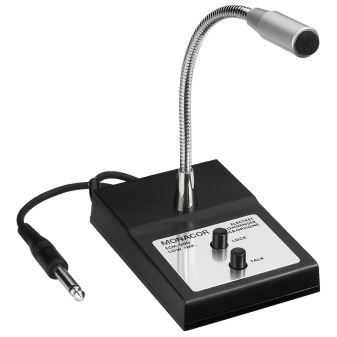
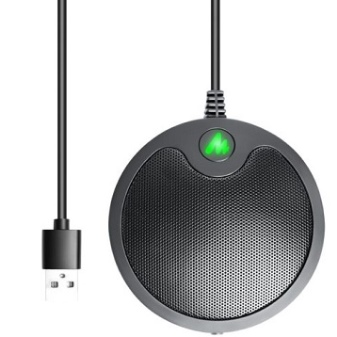
Types by mounting method
When choosing sound equipment, the room is of particular importance. This can be a small meeting room that can accommodate no more than 6 people. The main feature of such offices is a small area, a lot of furniture, low ceilings, a slight echo, the microphone is located close to the participants. For this kind of space, an omnidirectional device mounted in the center of the table would be the best option to receive the signal from all participants.
Microphones required for standard sized meeting rooms for up to 20 people with large coverage, as well as with the additional ability to connect the necessary equipment. The main problem in such rooms is the size, due to which large acoustic interference occurs (air conditioning system, noise, large echo, ventilation holes).
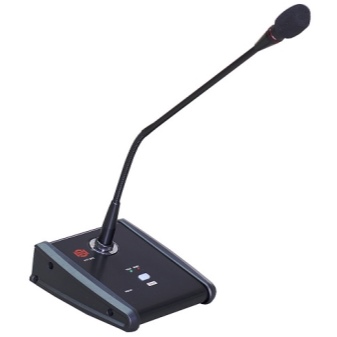
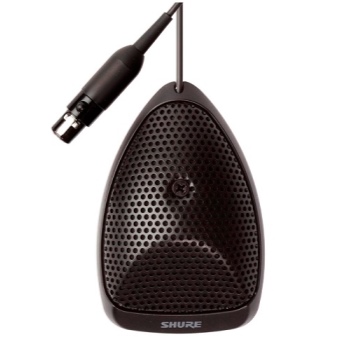
The difficulty lies in the fact that in this kind of office, it becomes almost impossible to control the independent echo cancellation and control each microphone. The best option is a ceiling-mounted omnidirectional microphone array or (depending on the number of speakers) tabletop units. Their advantage is the ability to independently recognize sound zones. The problem with large meeting rooms is the inability to reproduce high-quality sound due to the large floor space. The ideal option for this type of room is a conference system, which not only provides good sound, but also creates complete clarity and clarity of speech for the speaker. Lavalier or boom microphones can be optional.
Of equal importance are high-quality microphone holders, which ensure its 100% operation. The choice is pretty huge. They differ in the quality of the material, design, method of fixation and type of purpose. Each mount has its own specific and universal purpose. The sound device can be used for one person or a group, stand on a table or podium.
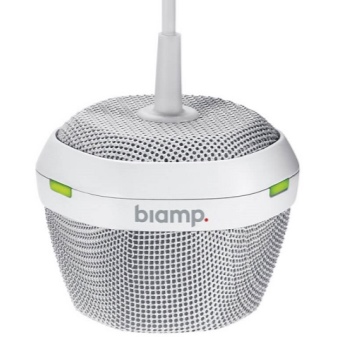
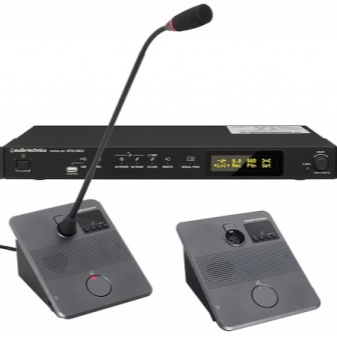
The most popular and practical mounts are universal. They are widely used in recording studios, press conferences, debates, speeches, video conferencing, broadcasting, blogging, and more. During the operation of such fasteners, there are no difficulties. Simply place the microphone on the table. The module is firmly fixed, and there is no risk that the equipment will fall.In addition, these holders are equipped with an anti-vibration function that can completely eliminate this drawback, making the voice clear.
Another universal mount is considered "pin"... Its convenience is a special "gooseneck" that provides stability not only in any position, but also on any surface. Mounting mechanism for small microphones gives more freedom of movement to the participants of the event.
The same independence is provided by the head holders, which free the speaker's hands if there is a need to present an object, or simply facilitate the conversation with those present at the conference.
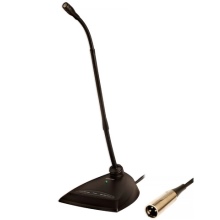

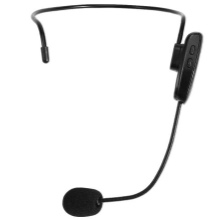
Model overview
Conference microphones have special requirements. They must not only clearly transmit sound, but also remove unnecessary noises and inaccuracies, even those that come from the surface where they stand. The main features of such devices are a wide frequency range, multi-zone, high sensitivity level, capable of transmitting even a whisper without distortion.
Let's list the most popular microphone models.
- Audio-Technica ATR4697. The tabletop omnidirectional device is capable of complete sound capture. The design is sturdy and low-profile, almost invisible on the table. Condenser type, frequency range - from 50 to 15000 Hz, sensitivity - 46 dB.
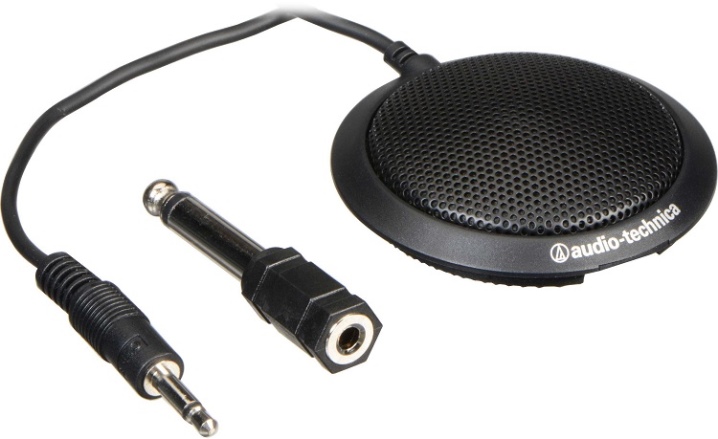
- MAONO AU-100. The omnidirectional lavalier capacitor is equipped with a signal amplifier and noise suppression function. Provides high sensitivity up to 30 dB and a dynamic range of 65-18000 Hz. The model is lightweight and compact, with a secure clip that allows you to firmly attach the microphone.
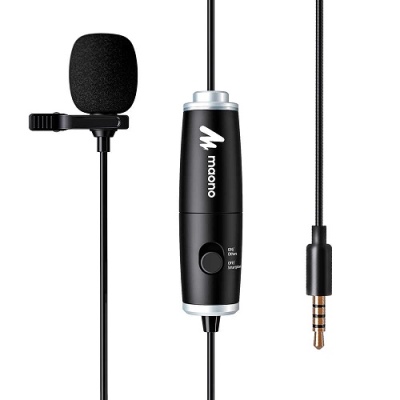
- USB microphone Blue Yeti nano Is the ideal omnidirectional cardioid video conferencing device. The microphone transmits high quality natural voice without distortion and removes unnecessary noise. The frequency range is wide - 20–20,000 Hz. Modes are switched using the button.

- Speakerphone Sennheiser SP 30+ is a wireless handheld microphone. Connects to your device using Bluetooth, USB, or NFC for superior sound with minimal distortion and noise. Frequency response - 150 Hz - 7.5 kHz.

- Shure CVG12-B / C - Condenser desktop cardioid microphone. An excellent choice for conferences with high speech intelligibility, excellent suppression of extraneous sounds and noise. Several such devices installed side by side do not affect the operation of each other. The operating frequency range is 70-16000 Hz, the maximum sound pressure is 120 dB.
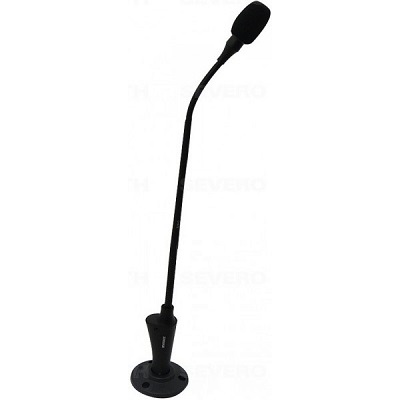
Criterias of choice
When conducting videoconferences, negotiations, meetings and speeches, sound equipment occupies a special place, since at all events all participants must hear each other, and not listen. Speaking specifically about conferences, clarity of speech is of particular importance, it should be understandable for everyone present. When words are distorted and "blurred", the negotiations turn out to be ineffective, there are many inaccuracies and mistakes.
When choosing, you should rely on 4 main components.
- Frequency range. With its help, high and low frequency transmission limits are determined. The necessary indicators are determined for a specific room, taking into account who, how and for what purpose the microphone will be used further.
- Directivity (determines the location)... Most often, the criterion is used when the hall is large and there are many participants in the event. By the type of directionality, they are distinguished: omnidirectional, bidirectional (the microphone receives sound only from 2 sides), unidirectional (audio equipment "catches" sound only from the front part).
- Sensitivity to the perception of barely audible sounds. The indicator is determined in decibels and depends on the purpose of the unit. At a high level, excessive noise will be heard, at a low level, only loud tones are perceived.
- The sonority of the device. The conference microphones have the ability to automatically adjust the sound pressure level so that you can find the best setting for your meeting attendees.
An important aspect to consider when choosing microphones for conference rooms is that each room has its own individual technical and acoustic characteristics.

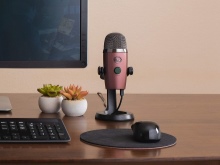
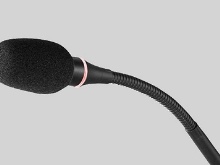
In the next video, you will find an overview and sound test of the Blue Yeti NANO microphone.













The comment was sent successfully.